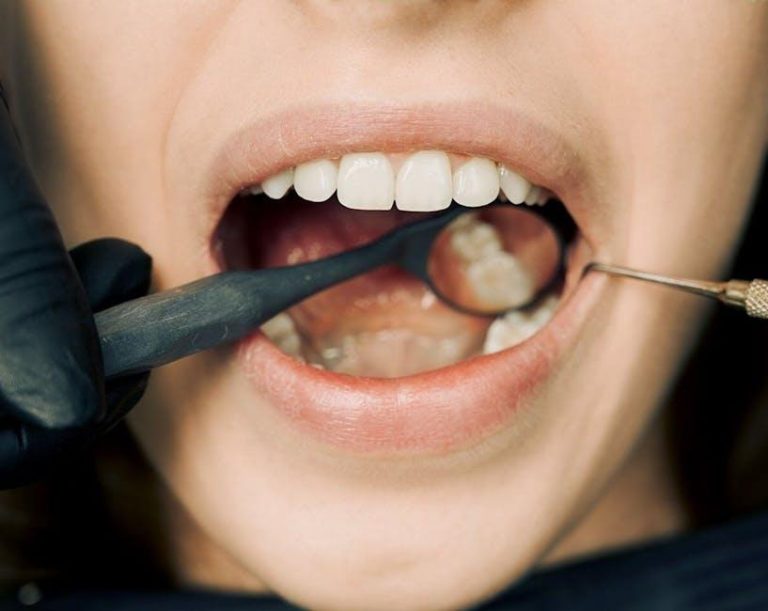
Pre-Dental Preventive Treatment May Not Be Needed in HAE: Study – Angioedema News
Hereditary Angioedema (HAE) is a rare genetic disorder characterized by recurrent episodes of severe swelling, including in the face, hands, feet, and airway. Due to the risk of triggering angioedema attacks, preventive strategies before medical or dental procedures have long been a cautious focus for clinicians treating HAE patients. However, a recent study featured by Angioedema News suggests that pre-dental preventive treatment may not be necessary for people living with HAE undergoing routine dental care. This article reviews the key findings of this study and explores what it means for patients and dental professionals alike.
Understanding Hereditary Angioedema (HAE)
HAE is caused by a deficiency or dysfunction of the C1 inhibitor protein, leading to uncontrolled activation of the bradykinin pathway and resulting in increased vascular permeability and tissue swelling. Unlike allergic reactions, HAE swelling episodes do not respond to standard allergy medications like antihistamines or corticosteroids. Instead, specific medications targeting the bradykinin pathway are required.
Dental procedures — including extractions, periodontal treatment, and even simple cleanings — have historically been considered potential triggers for HAE attacks due to tissue trauma and inflammation. For this reason, many healthcare providers have recommended pre-dental preventive treatment, commonly involving prophylactic administration of C1 inhibitor concentrate, attenuated androgens, or antifibrinolytics to reduce attack risks.
Recent Study Overview: Lack of Necessity for Pre-Dental Preventive Treatment in HAE
A recent observational study published in a peer-reviewed immunology journal evaluated the incidence of angioedema attacks in HAE patients following dental procedures performed without pre-dental prophylactic treatment. The study gathered data across multiple dental clinics with documented HAE cases.
The key takeaways were:
- No increased risk: Patients who did not receive preventive medication before dental care did not show a statistically significant increase in angioedema attacks.
- Effective emergency protocols: Access to on-demand HAE therapy and prompt treatment of any swelling episodes resulted in excellent clinical outcomes.
- Personalized care: Not all HAE patients are the same — those with a history of frequent severe episodes might still benefit from pre-procedure precautions.
Why This Study Matters for HAE Patients and Dental Professionals
This research challenges the conventional wisdom around mandatory prophylaxis before dental treatments in HAE, emphasizing patient-specific evaluation rather than routine preventive therapy. Dental clinics can reassess their protocols, potentially reducing unnecessary medication use and improving patient comfort and outcomes.
Benefits of Avoiding Routine Pre-Dental Prophylaxis in HAE
- Reduced medication side effects: Avoiding prophylactic androgen use can minimize risk of hormonal side effects and long-term complications.
- Cost-effective care: Limiting pre-treatment reduces healthcare costs and resource utilization.
- Greater patient convenience: Less invasive preparatory steps encourage timely dental care adherence.
Practical Tips for Dental Care in Patients with HAE
While pre-dental preventive treatment may not be needed for all, certain best practices should be followed to ensure safe dental care:
- Comprehensive medical history: Always evaluate the severity and frequency of HAE attacks before planning dental treatment.
- Access to emergency HAE medication: Keep C1 inhibitor concentrates or approved bradykinin receptor antagonists available during dental procedures.
- Minimize trauma: Use gentle dental techniques and local anesthetics to reduce tissue injury risk.
- Postoperative monitoring: Observe patients for several hours after procedures, especially those with prior severe attacks.
- Patient education: Inform patients about early signs of angioedema and ensure rapid communication lines for emergency assistance.
Case Study: Routine Dental Cleaning Without Pre-Treatment in an HAE Patient
Patient Profile: A 35-year-old woman with Type I HAE, experiencing swelling attacks 1-2 times every six months.
Procedure: Routine dental cleaning and polishing without any prophylactic HAE medication.
Outcome: The dental procedure was completed successfully with no swelling episodes during or up to 48 hours post-treatment. Emergency medication was on hand but not required.
This case underscores the possibility of safely performing certain dental treatments in HAE patients without pre-dental preventive therapy as long as emergency protocols are in place.
Comparison Table: Common Dental Procedures and HAE Preventive Treatment Considerations
| Dental Procedure | Risk of Triggering HAE Swelling | Recommended Preventive Action |
|---|---|---|
| Routine Cleaning | Low | On-demand treatment available, no routine prophylaxis needed |
| Tooth Extraction | Moderate | Consider prophylactic treatment depending on individual risk profile |
| Root Canal Therapy | Low to Moderate | Monitor closely, use gentle techniques |
| Periodontal Surgery | High | Pre-treatment recommended + emergency meds on hand |
Expert Recommendations & Final Thoughts
The evolving understanding of HAE’s relationship with dental triggers opens new doors to more personalized and less invasive care for patients. According to leading immunologists and dental experts, collaboration between dentists and HAE specialists is critical in crafting individualized dental plans — balancing attack prevention with patient quality of life.
Key priority: Ensuring fast access to emergency HAE therapies and patient education is paramount when electing to forgo routine pre-dental preventive treatment.
Conclusion
The recent study published on Angioedema News highlights an important shift in the approach to dental care for individuals living with Hereditary Angioedema. While historically preventative medication was routinely administered before dental procedures, evidence now supports that not all HAE patients require such prophylaxis, particularly for low-risk treatments like routine cleanings. Emphasizing emergency preparedness, gentle procedural techniques, and personalized assessment enhances patient safety and comfort, making dental care more accessible for people living with HAE. Patients and dental professionals should work together closely to develop effective, tailored treatment plans, embracing this more nuanced frontier in HAE management.


